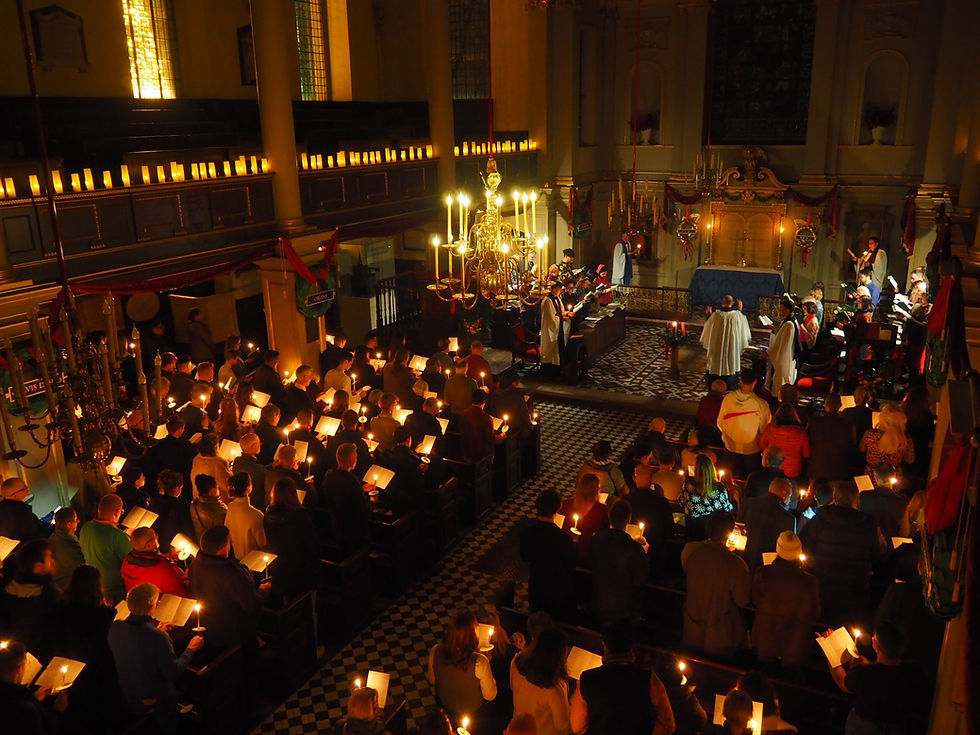Living Remembrance
- St Giles Online
- Nov 1, 2023
- 2 min read
“Where’s the plague memorial?” A question I’ve been asked more than once since my arrival here,
by some of the many visitors who find St Giles through its connections to the plague. They come
keen to find out more about the plague pit in the churchyard, reportedly containing over 1,000
bodies – or the first cases of the Great Plague of London (documented by Daniel Defoe), which broke
out in the parish. Some visitors seem disappointed when they discover that there is no monument
for them to photograph.
The question of whose lives are and are not memorialised in plaques and statues has been the
subject of intense debate of late. Physical commemorations in churches of mass loss of life are a
relatively recent phenomenon. At a previous parish, I undertook a project to discover more about
the 146 men named on the First World War memorial there. As well as the fascinating personal
stories we uncovered, the history of the memorial itself was captivating. Letters printed in the local
newspapers at the time and even the clipped, official language of minutes of meetings of the ‘Vestry’
(or Parish Council) tell the story of its origin. The make-shift memorials that began to appear in
church, set up by desperate parents. The initial reluctance of the clergy to permit a more permanent
memorial, until the loss of life became too great to ignore. The debates about how best to
commemorate the fallen - whether to record names by date of death or rank, or alphabetically; to
restrict the list to those who lived in the parish or widen it to include those with another connection.
Decisions which were agonised over by those responsible for running churches up and down the
land.
When it opened in May last year, I was not immediately taken with the Covid-19 memorial at St
Paul’s Cathedral. Oliver Caroe, the architect, spoke passionately to the Daily Mail (whose readers
donated significant amounts of money to the project) about how the death of his mother from Covid
inspired the idea. The memorial was incorporated as part of an ongoing project to create a level-
access entrance to the cathedral and effectively forms the lobby to the North Transept. It’s easy to
miss it as you walk through.
It's not the Cenotaph - but perhaps that’s the point? That most famous memorial to the fallen,
designed by Edwin Lutyens, has no overt Christian symbolism. A memorial in the form of a doorway,
or lobby – as at St Paul’s, is perhaps the most ‘Christian’ symbol one could imagine? A reminder that
living remembrance is central to our faith. A remembrance in which the present and future is fed
and nourished by the past as we return to remember and are re-membered by the life of the one
who made the greatest sacrifice for us - and in whose footsteps we follow.




Comments